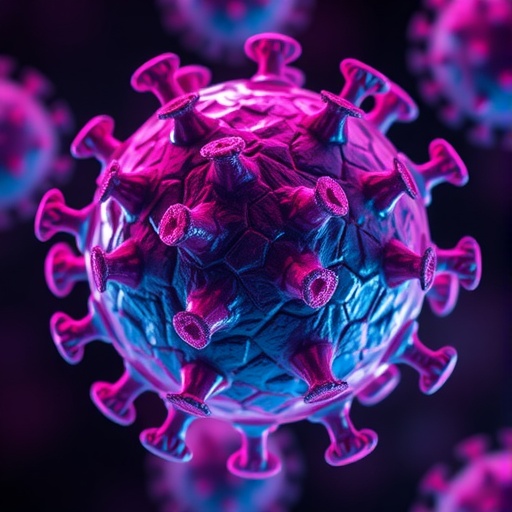Researchers at the Weizmann Institute of Science have recently made an important step in this direction: They have succeeded in creating a genetic device that operates independently in bacterial cells. The device has been programmed to identify certain parameters and mount an appropriate response.
The device searches for transcription factors — proteins that control the expression of genes in the cell. A malfunction of these molecules can disrupt gene expression. In cancer cells, for example, the transcription factors regulating cell growth and division do not function properly, leading to increased cell division and the formation of a tumor. The device, composed of a DNA sequence inserted into a bacterium, performs a “roll call” of transcription factors. If the results match preprogrammed parameters, it responds by creating a protein that emits a green light — supplying a visible sign of a “positive” diagnosis. In follow-up research, the scientists — Prof. Ehud Shapiro and Dr. Tom Ran of the Biological Chemistry and Computer Science and Applied Mathematics Departments — plan to replace the light-emitting protein with one that will affect the cell’s fate, for example, a protein that can cause the cell to commit suicide. In this manner, the device will cause only “positively” diagnosed cells to self-destruct.
In the present study, published in Nature’s Scientific Reports, the researchers first created a device that functioned like what is known in computing as a NOR logical gate: It was programmed to check for the presence of two transcription factors and respond by emitting a green light only if both were missing. When the scientists inserted the device into four types of genetically engineered bacteria — those making both transcription factors, those making none of the transcription factors, and two types making one of the transcription factors each — only the appropriate bacteria shone green. Next, the research team — which also included graduate students Yehonatan Douek and Lilach Milo — created more complex genetic devices, corresponding to additional logical gates.
Following the success of the study in bacterial cells, the researchers are planning to test ways of recruiting such bacteria as an efficient system to be conveniently inserted into the human body for medical purposes (which shouldn’t be a problem; recent research reveals there are already 10 times more bacterial cells in the human body than human cells). Yet another research goal is to operate a similar system inside human cells, which are much more complex than bacteria.
Story Source: The above story is reprinted from materials provided by Weizmann Institute of Science. Note: Materials may be edited for content and length. For further information, please contact the source cited above.




